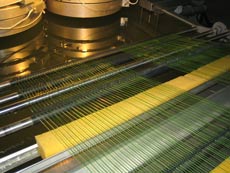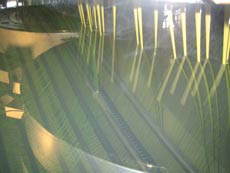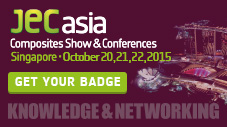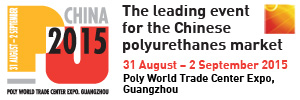Real games, fake grass, all good fun
Carli Lloyd’s 46-m goal was hard to miss at the US-Japan final match in the FIFA Women’s World Cup held in Canada recently. US won with a score of 5-2 in the end. But there’s one thing we might have missed. The turf wasn’t real.
The turf comprised 800 million blades of artificial grass , according to Detlef Kolb, Managing Director for Sales at German machinery firm Reimotec Maschinenbau GmbH. He knows this, of course, because Reimotec made the artificial grass used in the Canadian stadiums for the Women’s World Cup.

Grass purists may complain that it’s still not the real thing, but the Women’s World Cup was held in roofed stadiums where natural grass can’t grow.
Indeed, the feeling of playing on artificial turf may be different, especially for players who are used to “real“ grass, but the climate and weather in many countries do not allow to set up and maintain natural grass fields.
“It is not possible to play the upcoming big tournaments, like in Qatar, on natural grass because it cannot be used due to the climatic conditions there, or the need for extremely high efforts to be maintained for only a short period of time. In addition, it has to be clearly stated that it is not only the life expectancy, but also the clear cost advantages that speak in favour of artificial grass!” says Kolb
The life expectancy artificial turf is around 7 to 15 years. That’s about three times more than a natural lawn. It’s also easier to maintain since there’s no more need for gardening. By now, artificial turf fields are increasingly used for many sports also in Germany and Europe.
In the long run, artificial grass is also cheap. Maintaining a grass field on German Bundesliga clubs, for example, costs around EUR1 million. Setting up artificial turf on the other hand, only costs about EUR500,000.

Besides new quantitative dimensions, the development in this area is heading to a constant improvement of the quality to produce a more “natural-like” turf. Reimotec, a member of the Reifenhäuser Group, sees itself well positioned for the development of artificial turf in the future.
Kolb says “Our technology is constantly getting better, finer and more closely matched to the experiences and expectancies of the sportspersons. We develop this technology further in a targeted way because our international partners, who buy from us the machines to produce monofilaments for artificial turf, are constantly forging ahead and are facing challenging tasks. We are at the forefront of progress!”
The machines on which two US American companies produced the artificial turf for the Canadian stadiums were supplied by the filament expert from Lampertheim, Germany.
(PRA)Copyright (c) 2015 www.plasticsandrubberasia.com. All rights reserved.









































